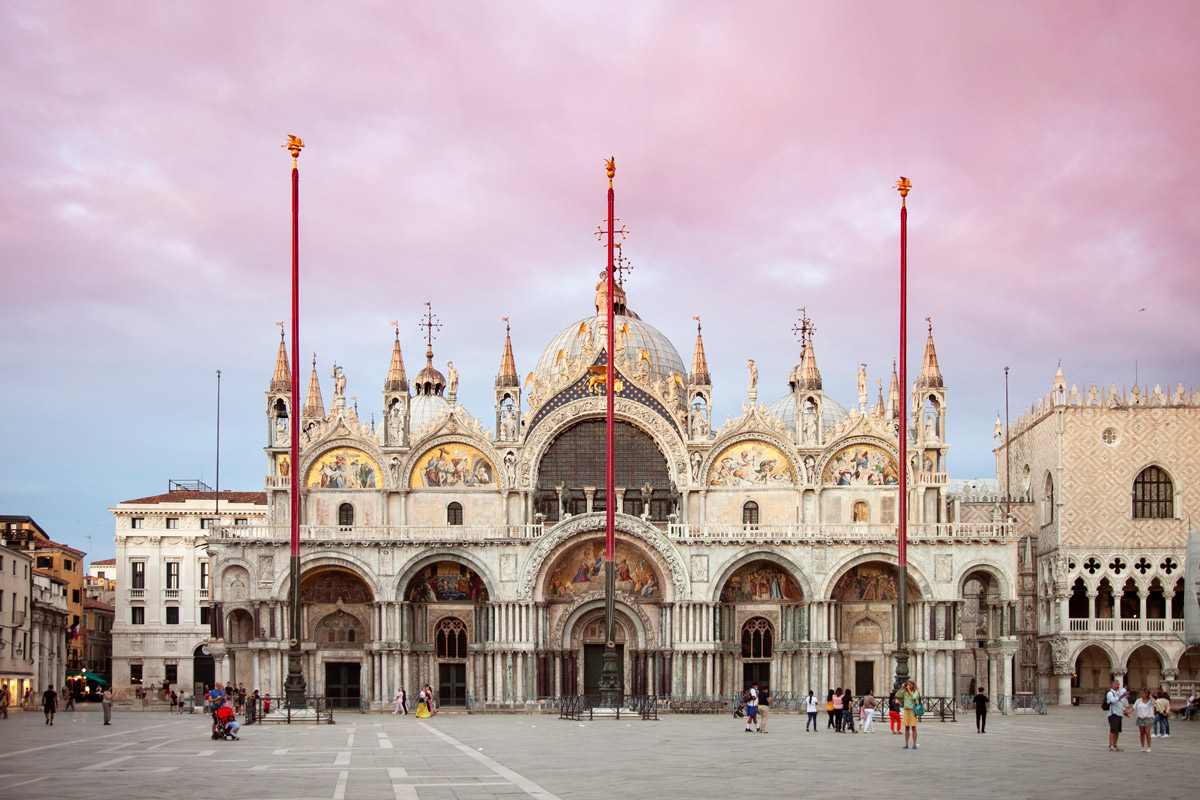The church of S. Pietro di Castello is situated in a corner of Venice far from the centre of town, which is odd because it was the official Cathedral for a good thousand years.
The Basilica of St. Mark’s was originally born as a small chapel to the side of the Doge’s Palace, and it remained the Doge’s private chapel until 1807, after the Republic fell to the French army. A peculiar chapel no doubt, but there’s a reason behind it. The first Venetians more than anything wanted
religious independence. The lagoon had been a hard place to settle into, it had taken centuries to make it a liveable place. For the same reason, it was not an easy place to attack which is why Venetians aquired sovereign independence from other powers rather quickly; it was the religious power of the Church in
Rome that proved more tenacious.
When the Doge declared supreme power over the Venetian Church, declaring their separation from the Pope’s, this was not received well in Rome. Relations between the Doge and the Pope remained tense, with various ups and downs, throughout the centuries.
Through time, the Doge treated the Basilica as an extension of his own power, and it was him, personally, who handed over the keys to the church sexton, who was, in essence, his employee. He also handpicked the ecclesiatical ministers to run the Basilica’s affairs, naming the Primicerio himself, Primicerio being the religious head-figure (similar to a Bishop), and making sure that he didn’t fall out of line, which could and did happen.
In 1580, one Primicerio had made the mistake of writing to Rome for some advice on administrating the Basilica without consulting the doge, who, upon hearing of this, was not happy at all. He summoned a council, after which he decided to let the primicerio off the hook; but just as he dismissed him, it is said he reminded him rather ominously that “Princes have many ways of reprimanding those who disobey”.
Venice wanted an independent church, subordinated to the independent power of the doge, because it was independence that Venetians counted on for their greatness. The history of the city’s greatness, however, was not so much about expansion as it was of growth, which came from exposure to other cultures, the Romans, the Greeks, the Byzantines, the Persians, the Germanic people in the north, all of whom in time affected and developed the political system, the language, the laws, the food, the very ideas of the world Venetians had. Especially, though, their art and architecture, and no better example of this happy absorbtion is the Basilica itself. It was a testament to Venetians’ talent to unify apparently unrelated objects into a harmonious whole.






